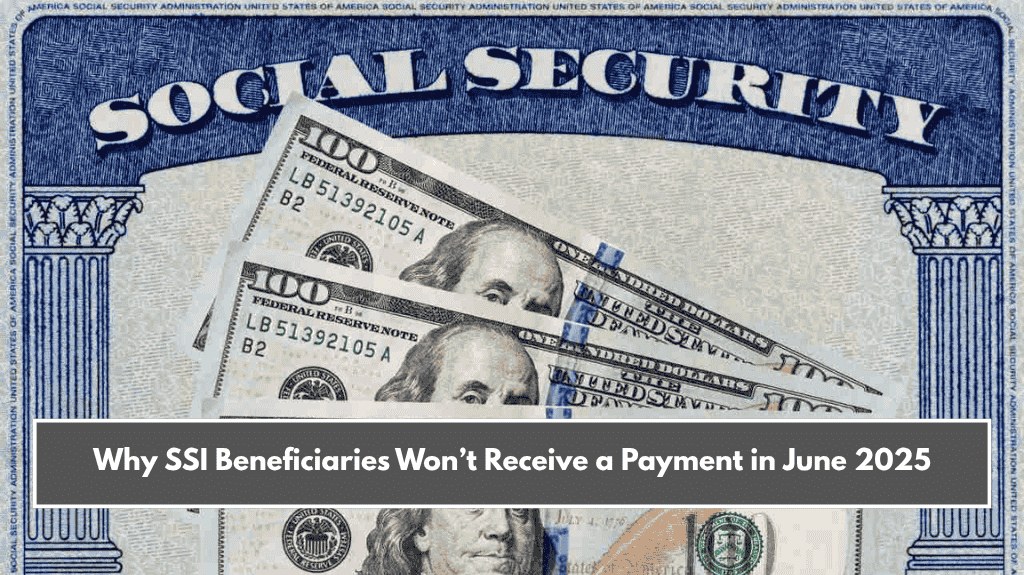If you’re receiving Social Security Disability Insurance (SSDI), there’s good news: your monthly payment is arriving soon. But before you spend it, you need to know something important — in some states, your SSDI income could be taxed. This article breaks down the SSDI payment schedule for May 2025 and explains where taxes might apply.
SSDI Payments for May 2025 – Dates and Details
The Social Security Administration (SSA) sends out SSDI payments every month, but not everyone gets it on the same day. The payment dates depend on your birthday.
Here’s the May 2025 payment schedule:
If your birthday is between the 1st and 10th — you’ll get paid on May 14
If your birthday falls between the 11th and 20th — your date is May 21
If your birthday is from the 21st to 31st — your payment comes on May 28
There’s one exception: if you started receiving SSDI before May 1997, you will continue to receive your payment on the 3rd of every month, no matter your birthdate.
How Much Will You Receive in SSDI?
The maximum SSDI benefit for 2025 is around $4,018 per month. But not everyone gets this amount. Only people who worked for at least 35 years and earned the maximum taxable income each year are eligible for this.
Most people receive much less. On average, the monthly SSDI payment is about $1,580. The actual amount depends on your work history and how long you’ve paid Social Security taxes.

SSDI Tax Rules: Do You Need to Pay State Taxes?
Here comes the tricky part — some states do tax SSDI benefits. If you live in one of these 13 states, part of your SSDI money might be taxed depending on your income, age, and marital status:
States that may tax SSDI in 2025:
Colorado, Connecticut, Kansas, Minnesota, Missouri, Montana, Nebraska, New Mexico, Rhode Island, Utah, Vermont, and West Virginia.
Each of these states has different rules. Some offer tax breaks if your income is below a certain amount. Others reduce taxes based on your age.
For example:
In Colorado, if you’re aged 65 or older, you can deduct all your SSDI income from state taxes. If you’re between 55 and 64, you can deduct up to $20,000 of retirement income.
What About SSI?
If you receive Supplemental Security Income (SSI) — a different benefit meant for people with very low income — you don’t need to worry. No state taxes SSI benefits, so you’re safe.
Check Before You File: Stay Safe From Tax Surprises
Even though most states don’t tax SSDI, it’s still a good idea to check. Each state has its own tax rules, and your Adjusted Gross Income (AGI), age, and marital status can change how much, if anything, you owe.
If you’re not sure whether you need to pay state taxes on your SSDI:
Contact your local Social Security office
Or reach out to your state tax authority
They can tell you exactly what you need to do based on your personal situation.
Know Your Payment Date and Tax Rules
SSDI payments for May 2025 are arriving soon — starting May 14. Make sure you know your exact date based on your birthday. While the money is helpful, remember that in some states, SSDI income can be taxed.
Always check your local tax rules so you don’t get caught by surprise. Most importantly, if you’re getting SSI instead of SSDI, don’t worry — no taxes apply to SSI benefits in any state.















